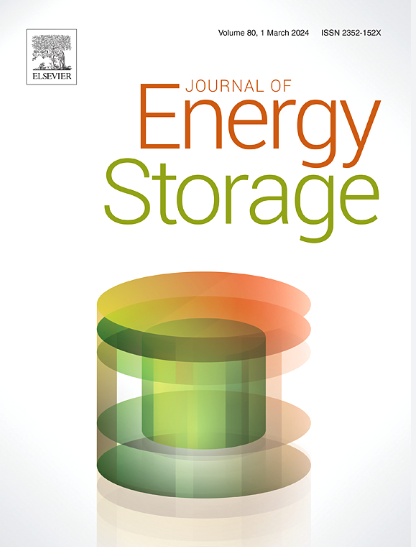锂金属阳极保护:综述
IF 8.9
2区 工程技术
Q1 ENERGY & FUELS
引用次数: 0
摘要
锂金属电池(lmb)已成为下一代储能系统的变革性解决方案,具有卓越的理论能量密度。然而,锂金属阳极(LMA)的实际应用面临着严峻的挑战,包括枝晶形成、体积膨胀、锂失活和高还原性。这些尚未解决的问题表现在安全性、循环耐久性受限以及电化学性能欠佳。这篇全面的综述系统地检查了LMA保护策略的当代进展,分为三种主要方法:表面改性技术,旨在通过定制的表面结构优化锂沉积的化学均匀性和成核动力学。界面工程策略旨在通过界面调制增强电荷转移动力学和坚固的固体电解质界面相(SEI)形成。新型锂负极材料,通过合金材料增强锂金属的稳定性和相容性。这些协调一致的努力共同解决了锂离子通量调节和SEI稳定机制的基本问题。除了批判性地评估当前的科学瓶颈之外,该分析还绘制了未来的研究轨迹,强调了多维解决方案。特别关注的是新兴纳米材料,三维电极结构和新材料的协同集成,以加速实现商业上可行的高安全性lmb。最后,本文从平衡的角度阐述了持续存在的技术障碍和有前途的研究途径,强调了智能材料设计范式和机器学习优化在推进下一代lmb技术中的关键作用。本文章由计算机程序翻译,如有差异,请以英文原文为准。
Protection of lithium metal anodes: A comprehensive review
Lithium metal batteries (LMBs) have emerged as a transformative solution for next-generation energy storage systems, offering exceptional theoretical energy densities. Nevertheless, the practical implementation of lithium metal anodes (LMA) faces critical challenges, including dendrite formation, volume expansion, lithium deactivation, and high reductivity. These unresolved issues manifest in compromised safety profiles, constrained cycle durability, and suboptimal electrochemical performance. This comprehensive review systematically examines contemporary progress in LMA protection strategies, categorized into three principal approaches: Surface Modification Techniques designed to optimize the chemical homogeneity and nucleation dynamics of lithium deposition through tailored surface architectures. Interfacial Engineering strategies targeting enhanced charge transfer kinetics and robust solid electrolyte interphase (SEI) formation via interfacial modulation. New lithium anode materials, enhancing lithium metal stability and compatibility through alloy materials. These concerted efforts collectively address fundamental aspects of lithium-ion flux regulation and SEI stabilization mechanisms. Beyond critically assessing current scientific bottlenecks, this analysis maps future research trajectories, emphasizing multi-dimensional solutions. Particular focus is directed towards the synergistic integration of emerging nanomaterials, three-dimensional electrode configurations, and novel materials to accelerate the realization of commercially viable, high-safety LMBs. The discourse culminates in a balanced perspective on persistent technical hurdles and promising investigative pathways, highlighting the pivotal role of intelligent material design paradigms and machine learning-enabled optimization in advancing next-generation LMBs technologies.
求助全文
通过发布文献求助,成功后即可免费获取论文全文。
去求助
来源期刊

Journal of energy storage
Energy-Renewable Energy, Sustainability and the Environment
CiteScore
11.80
自引率
24.50%
发文量
2262
审稿时长
69 days
期刊介绍:
Journal of energy storage focusses on all aspects of energy storage, in particular systems integration, electric grid integration, modelling and analysis, novel energy storage technologies, sizing and management strategies, business models for operation of storage systems and energy storage developments worldwide.
 求助内容:
求助内容: 应助结果提醒方式:
应助结果提醒方式:


